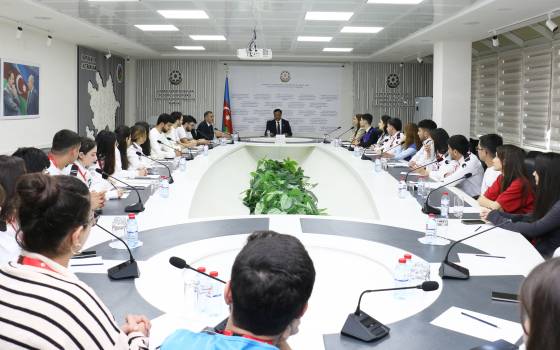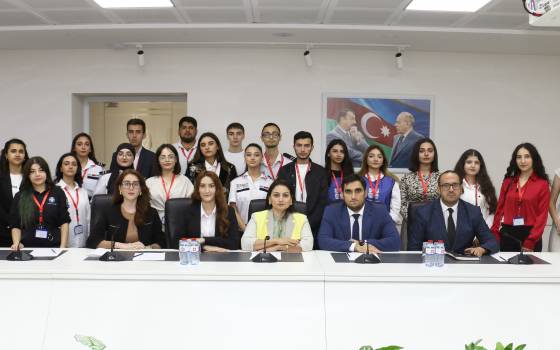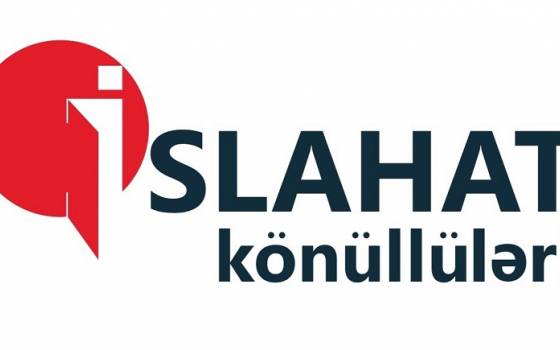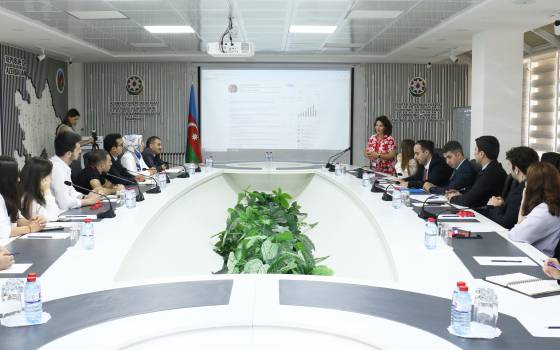Comments by the Analyst of the Center for Analysis of Economic Reforms and Communication
Aykhan Satiji
This year, the Asian Development Bank published its annual Asian Economic Integration Report titled Making Digital Platforms Work for Asia and Pacific. The report demonstrates that the pandemic has led to a sharp decline in international economic activity in Asia and the Pacific due to closed borders, as well as to travel and trade restrictions. The report discusses the role of rapid technological development, digitalization, increasing trade in services in the recovery of the regional economy.
The development of digital relations between countries has developed due to an increase in access to the internet. Also, access to the internet facilitates the access of consumers, businesses, and governments to goods and services beyond geographical boundaries. According to the report, Azerbaijan is among the Asian countries with the highest internet penetration rate. Thus, if in 2006-2009, the average internet penetration rate was about 20 percent, in 2014-2017, this indicator reached 80 percent. The reforms implemented during 8 years have resulted in an increase by 60 percent. It should be mentioned that during 2014-2017 this indicator in Kazakhstan was 70 percent, in Georgia – 55-60 percent.
During the pandemic, the provision of transition to online education has increased the importance of access to the Internet. The report mentions that closures of educational institutions, implemented in more than 190 countries, have affected over 1.5 billion learners at its peak. In countries, ensuring high access to the internet and infrastructure readiness, the quick transition to online education was smooth. Due to measures taken in Azerbaijan, the transition is continued with minimum impact. As demonstrated in the report, Azerbaijan implemented the Virtual School with Microsoft. Moreover, the presence of digital devices and connectivity in a home environment is crucial for home education. According to statistics, about 80 percent of households in Azerbaijan have access to the internet, while only 64.1 percent have computers. This, in turn, is a quite high indicator compared to other countries in Asia. For example, in Georgia only 62.1 percent of households have computers, in the Philippines – 23.4 percent, in Indonesia – 20.1 percent, and in India – 16.6 percent.
The impact of the pandemic was lower in countries developed in terms of digitalization. There are significant variations in remittance costs across Asian subregions. Thus, in Central Asia, it is cheaper to send a 200 US dollars cash remittance to Azerbaijan (only 1.0%). In South Asia, remitting to Bangladesh (4.1%) is the cheapest, while in the Pacific this indicator ranges from 8.1% in Fiji to 10.8% in Tonga. It demonstrates that due to the pandemic, many conventional money transfer businesses closed, and the decline in this area had less impact on countries developed in terms of digitalization.
The Eurasia Integration Index analyzes all integration and cooperation trends in Eurasia. By combining various indicators such as trade and investment, human movement, technology, and digital communication, institutional and social integration, and environmental cooperation, the index reflects the overall results for Asia and Eurasia. The index ranging from 0 – non-integrated to 1 – fully integrated, assesses the countries for their development dynamics. Thus, Azerbaijan has shown quite good results for internal integration in comparison with other countries, both in Asia and in Eurasia. Unlike its neighbors, Azerbaijan rose from 0.306 to 0.342 in terms of integration with Asia and from 0.481 to 0.555 in terms of integration with Asia in 2006 and 2017, even without joining various regional blocks.
Thus, the report concludes that as a result of measures taken during previous years, Azerbaijan could provide necessary access to education and technology during the pandemic.






